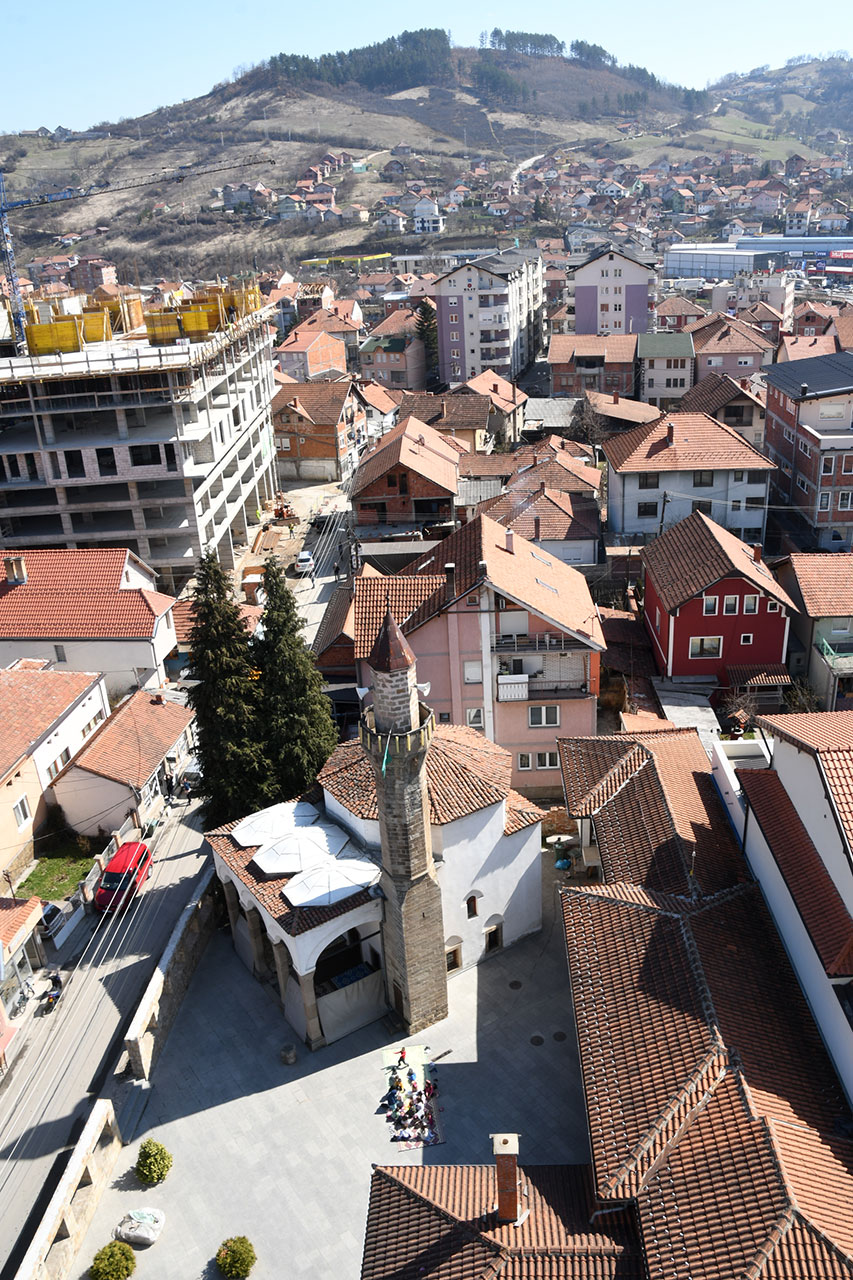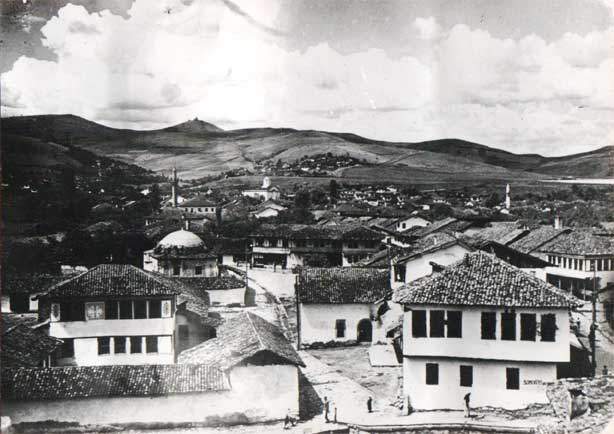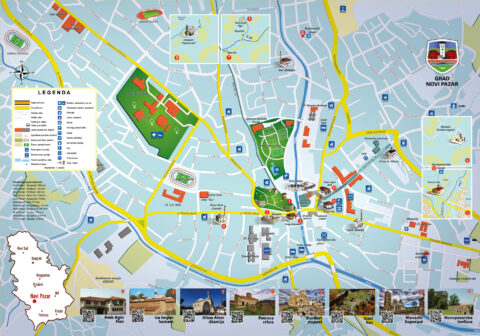It is located in Cukovac neighborhood and is one of the oldest mosques in the city. The old name of this mosque is preserved in the documents: Ahmed-bey or Ahmed-bey Silhadar mosque, which probably refers to the name of its founder.
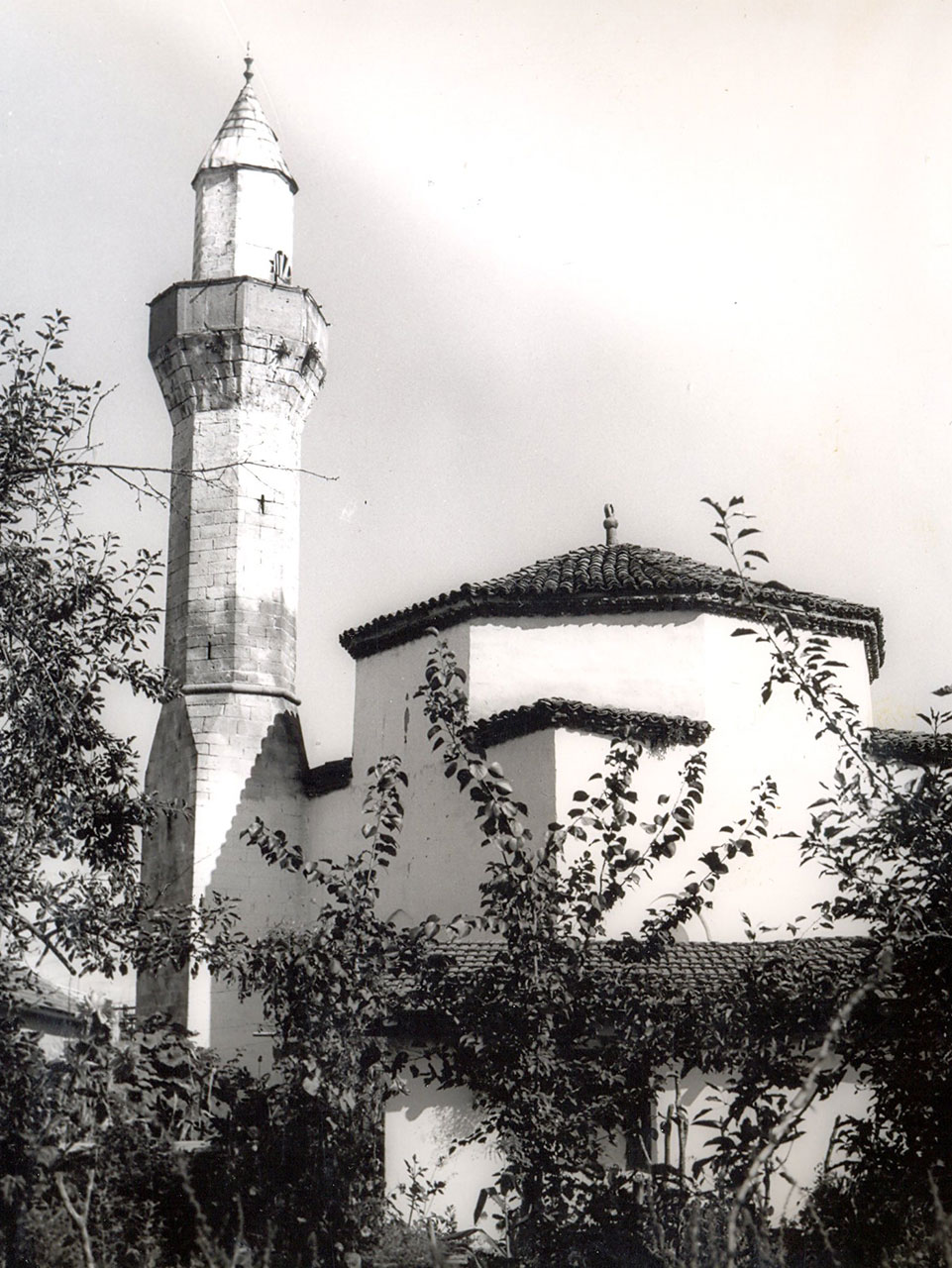
Ahmed Bey Mosque
From Turkish listings from XVI and XVII centuryUnder the name Ahmed-bey mosque, it was also mentioned in Turkish documents from the XVI and XVII century. The Lejlek mosque was demolished and burned several times, so its repair, practically a second construction, dates from the first half of the XVIII century. One inscription shows that in 1881 the mosque was restored by Salih-bey Begovic, the son of Haji Ali-bey. In addition to the renovation, he added an open porch to the mosque and built a school. The current mosque was built, probably in the first half of the XVIII century, when many sacral and profane buildings, damaged in the war, were restored. The mosque was restored in 1891 by Salih-bey Begovic, the son of Haji Ali-bey.
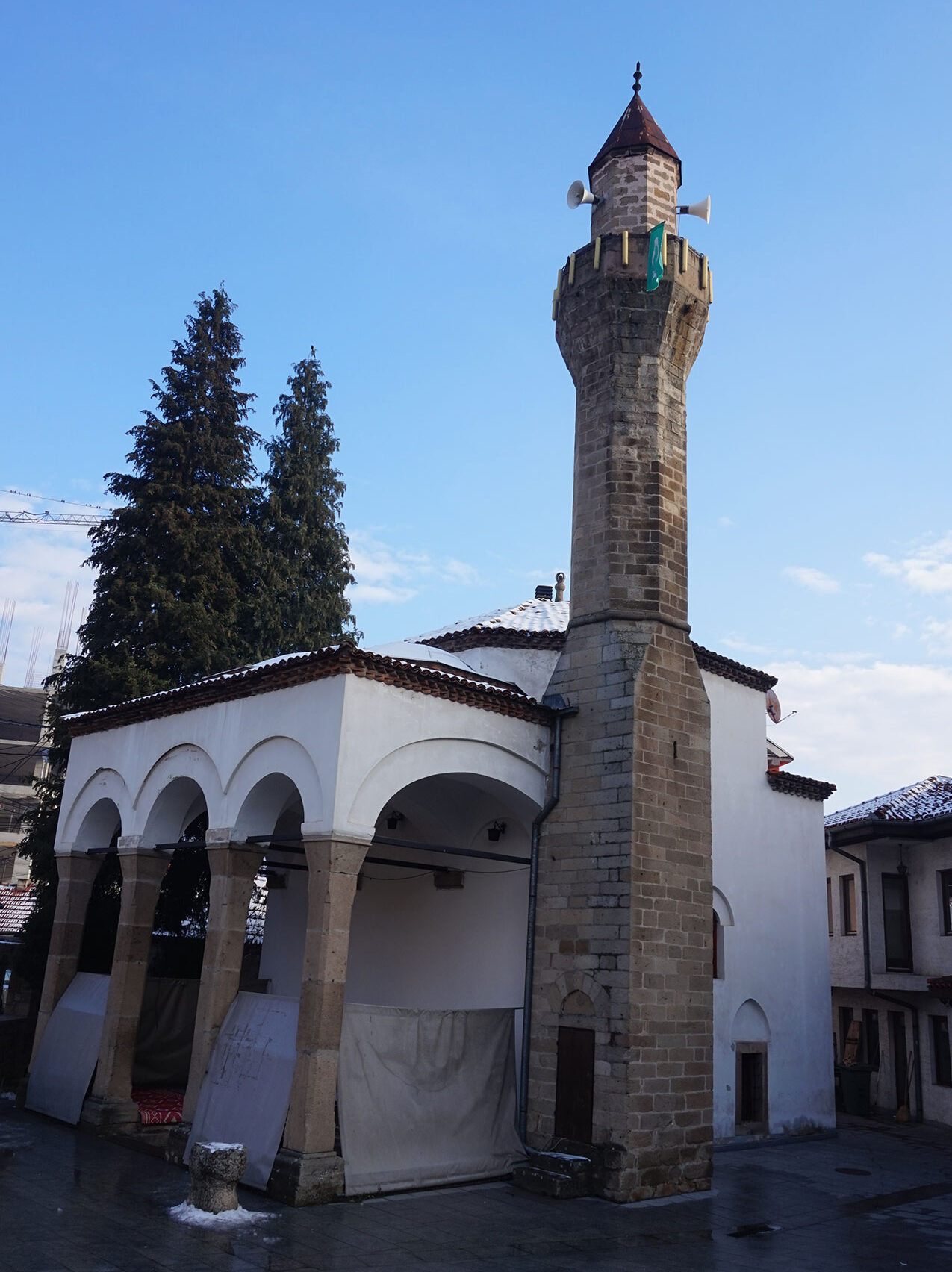
Named After The Genus
Sultan Mehmed Fatih PrayedIt is located in Cukovac neighborhood and is one of the oldest mosques in the city. The old name of this mosque is preserved in the documents: Ahmed-bey or Ahmed-bey Silhadar mosque, which probably refers to the name of its founder.A legend is linked with this mosque that it had got its name after storks (Lejlek) which were considered a holy bird by Muslims. The tale that Sultan Mehmed Fatih prayed in this mosque during his conquest of Bosnia in 1459 has also been preserved, which would mean that it is one of the oldest in the city, of the same age as Gazi Isa-bey's mosque.
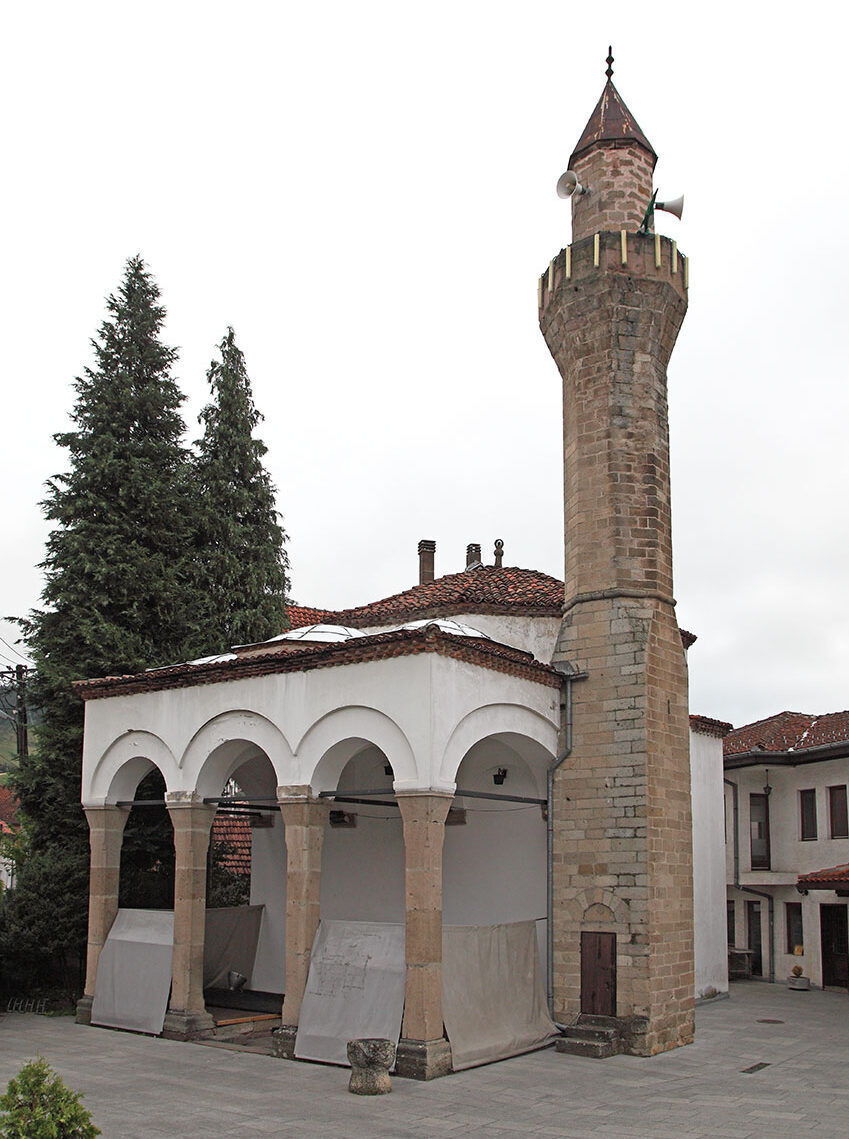
The Original Appearance Has Been Restored
Extensive Reconstruction WorksAt the Lejlek Mosque, extensive works were undertaken on the reconstruction of the original porch and the current consolidation of the building. Conservation and restoration works restored the original appearance of the porch, which was out of service during the XIX century renovation.There used to be a school facility next to the mosque, a few simple niches and a fountain with an inscription from 1891. In 2001, the Islamic community built a complex in the yard that is used for educational and economic purposes. The old school was demolished, the courtyard was paved, and the fountain was completely restored.Nekada je uz džamiju postojala zgrada mekteba, nekoliko jednostavnih nišana i česma na kojoj je stajao natpis iz 1891. godine. Islamska zajednica je 2001. godine u dvorištu izgradila kompleks koji je se koristi u obrazovno- vaspitne i ekonomske svrhe. Stari mekteb je porušen, dvorište popločano, a česma potpuno obnovljena.
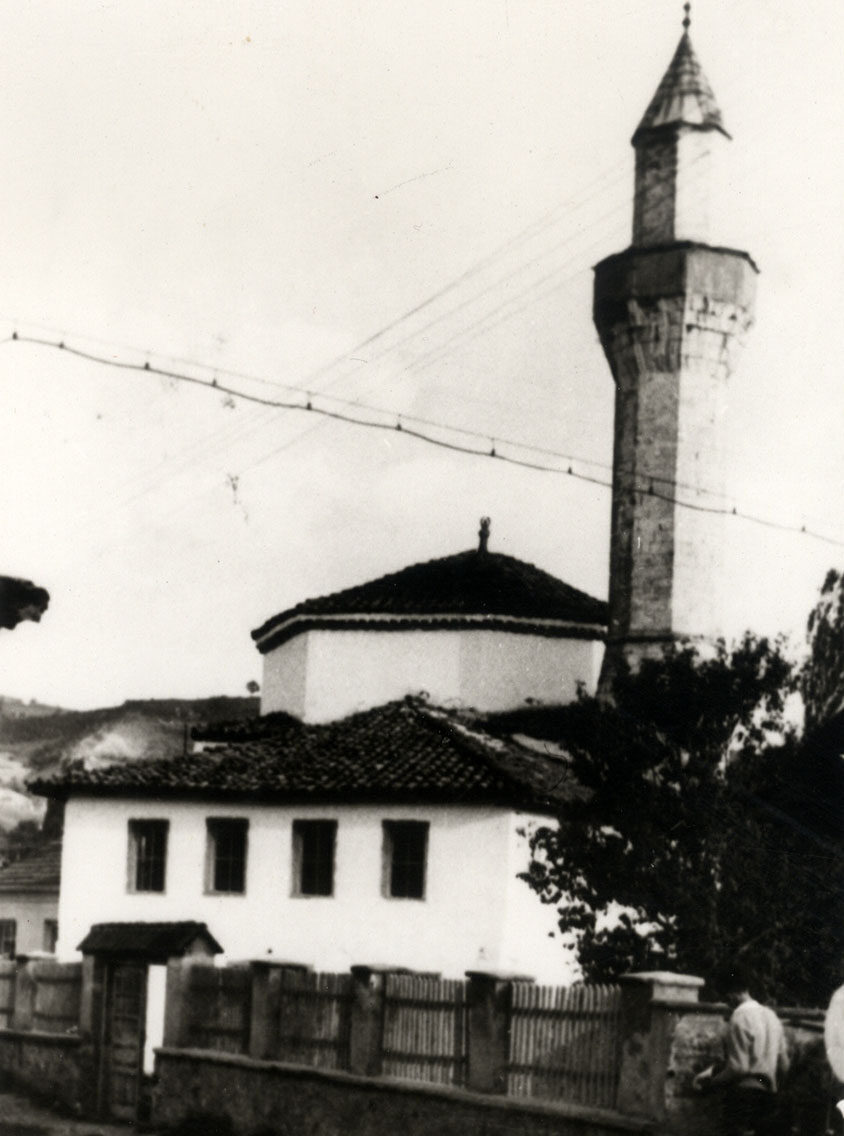
Architecture
One-Room Dome BuildingLejlek Mosque is a smaller one-room domed building, with a porch covered by three small domes. Above the main, prayer part of the mosque, with an approximately square base, rises a dome without an opening, sunk into an eight-sided tambour, where the transition from a square base to a circular form of the tambour is arranged with pendants. The interior space is lit by three low windows, and on the side facing the porch, there are two windows, placed in the lower zone. The facades of the main part of the mosque are plastered and painted, and only the frames of the entrance door and around the windows are made of dressed stone.Unutrašnji prostor je osvetljen sa po tri nisko postavljena prozora, a na strani prema tremu su dva prozora, postavljena u donjoj zoni. Fasade glavnog dela džamije su omalterisane i okrečene i samo je okvir ulaznih vrata i oko prozora izvedeni od obrađenog kamena.
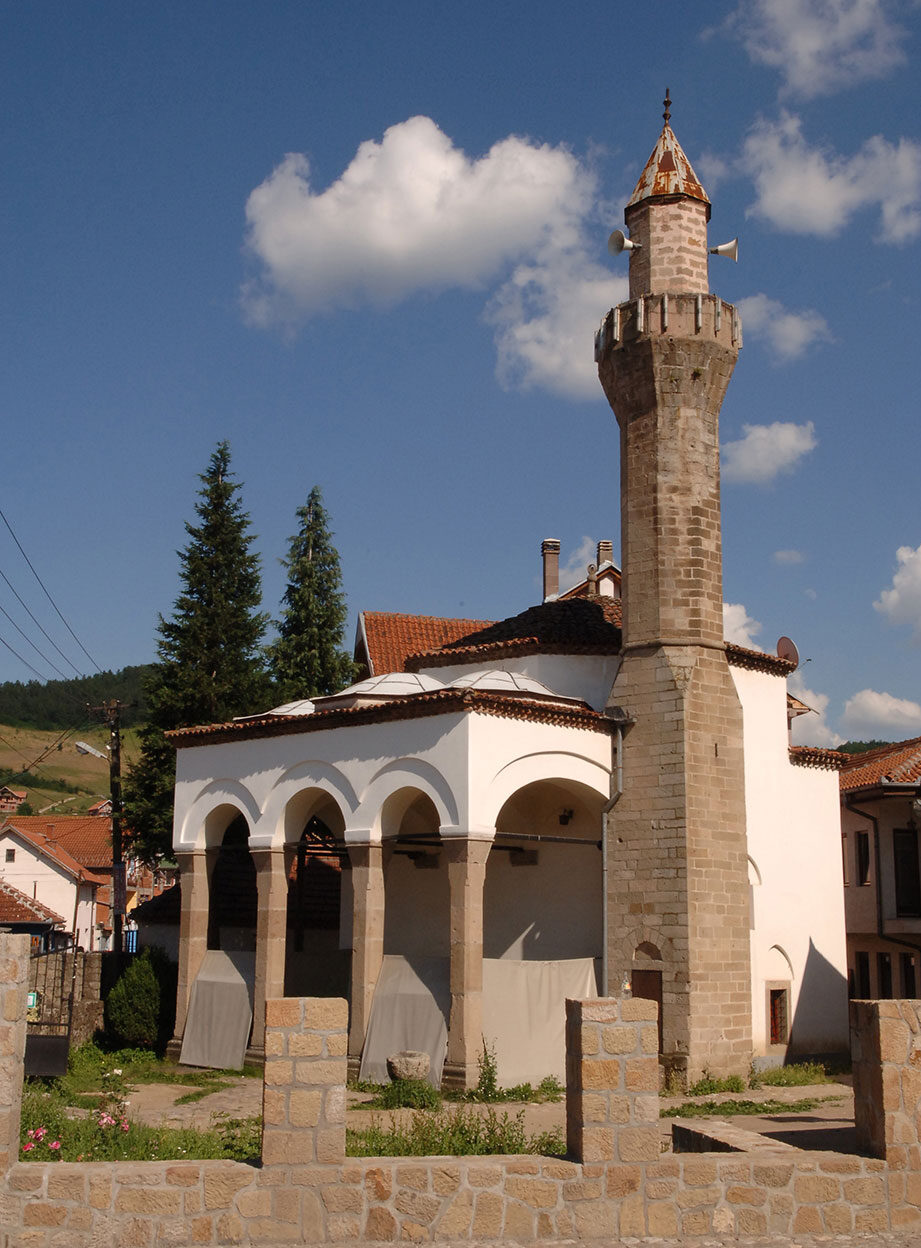
Following The Example Of The Bursan School
Added The Word "Havale" Before The NameIt was built very modestly, unlike other larger buildings of this type, built according to the already existing models of the Bursan school. The current building is a reconstruction performed in the first half of the XVIII century. The renovation of the building is also indicated by the addition of the word >>havale<< before the name of the original wakif Ahmed Bey, which is recorded in the qiflema from 1767, which in translation means alteration and transfer to another.
GALLERY
Explore
MOLITVA RODE - NAMAZ LEJLEKA
The stone tablet on the fountain has an inscription in Turkish written in Arabic script and in a free translation it reads:
“May those who drink water from this fountain be healthy,
And may Allah, as He promised,
give a generous reward to the benefactor.
And may he forgive his many sins.
The benefactor is Haji Alibey-zade (Hadzialibegovic) Salih-bey.
Written at the beginning of the month of Zilhijja in the year 1308” (ie between July 8 and 17, 1891)
Lejlek Mosque
The Lejlek mosque, in Cukovac neighborhood in Novi Pazar, is one of the oldest mosques mentioned in the written sources in this city. It is popularly known as the Stork (Lejlek) Mosque, and that name comes from the stork (Lejlek) a bird that is considered by Muslims to be respected and possibly sacred.
The real name of the mosque, which is preserved only in documents, is AHMED-BEY or AHMED-BEY SILHADAR MOSQUE. This means that the mosque was built by a certain Ahmed Bey who was a silhadar, which means an official of the vizier or pasha in charge of guarding and maintaining weapons. He was obviously well paid for the work he was doing so he was in a position to build a mosque.
Only Gazi Isa-bey’s mosque, which no longer exists, could have been older than the first built mosque, which was built before the 60s of XV century and is considered the first building in Novi Pazar. The Lejlek mosque is most likely from those years. There is even a traditional tale according to which Sultan Mehmed Fatih, during his conquest of Bosnia, prayed in the Lejlek Mosque in Novi Pazar in 1459.
